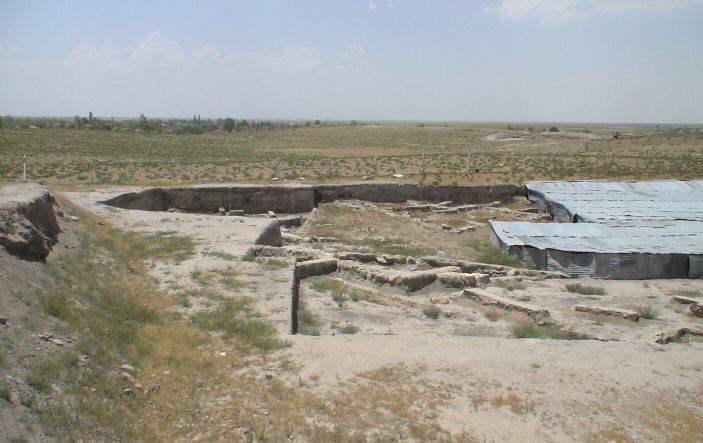 | ||
Acemh y k
Acemhöyük is an archaeological site in Turkey. The tell is located near the village of Yeşilova in Merkez district, Aksaray Province. The Bronze Age name for the place was probably Purušḫanda/Purušḫattum or Ullama. The site was an Assyrian trading colony, or Karum.
Contents
- Acemh y k
- Ye ilova acemh y k tepesinde bayramla ma
- Location
- Date
- Research history
- History
- The Sarikaya Palace
- Finds
- Inscription
- References

Ye ilova acemh y k tepesinde bayramla ma
Location

Acemhöyük is located 18 km northwest of Aksaray, on the southeastern end of the Tuz Gölü, in a fertile plain on the Uluirmak or Melendiz. The ruins are arranged, like those of Kültepe, into two parts: a settlement on a hill, measuring 700 m east-west and 600 m north-south, and a lower city, which is partially covered by the modern village of Yeşilova. According to Nimet Özgüc, the extent of the lower city is of a similar size. The highest point, the citadel, rises 20 metres above the surrounding land and is now called Sarikaya (yellow cliff) on account of the gleaming yellow mudbricks. The tell is to the south of the modern village and in the centre of it there was (or is?) a modern cemetery.
Date
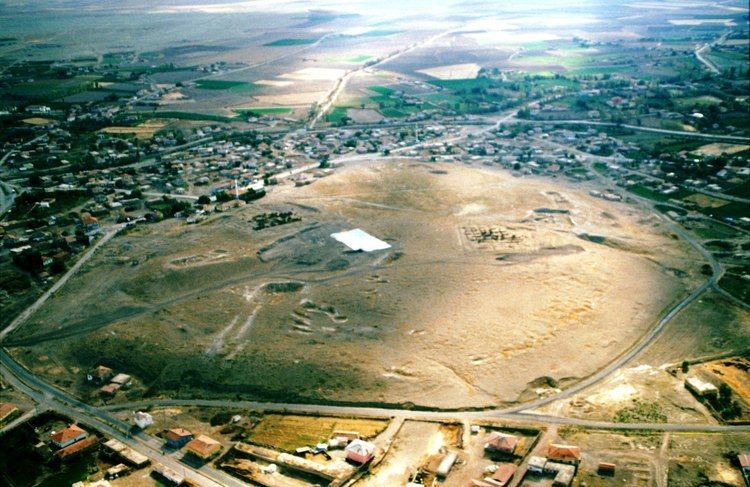
The final settlement layer dates to the Greaco-Roman period and consists of the foundations of habitations. The stratigraphy below this begins in the Karum period and consists of five layers, numbered from top to bottom, I to V. Layer I is mostly destroyed, which is attributed to its proximity to the surface. Some kilns and building remains have been founder. The houses of layer II appear to have been built of wood and mudbrick on the ruins of Layer III in a hurry, according to Nimet Özgüc. Layer III itself was heavily damaged by fire, but appears to have represented the period of greatest prosperity for the site. Layers IV and V are unexplored, or at least unpublished, but presumably belong to the pre-Karum period.
Research history
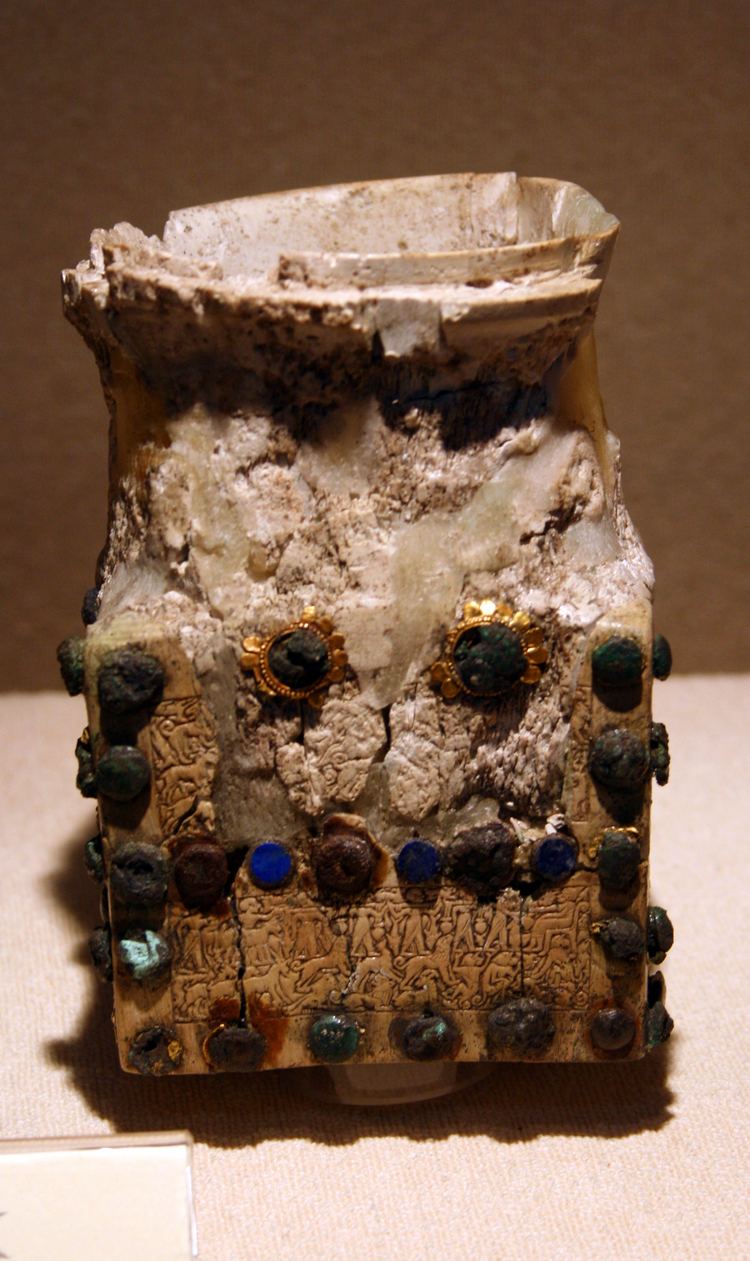
Excavation of Acemhöyük began in 1962 under the General Directorate of Antiquities and Museums in conjunction with the University of Ankara. From 1962 to 1988, Nimet Özgüç led the excavations. Since 1989, the project has been led by Aliye Öztan. Some the finds are on display in the Aksaray Museum; others are displayed at the Niğde Archaeological Museum.
History
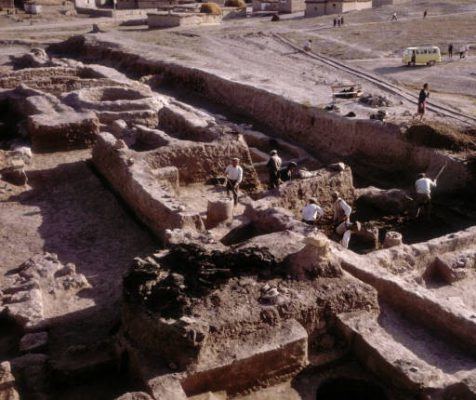
No narrative history of Acemhöyük can be written. Layers IV and V belong to the period before the Assyrians established karum settlements in central Anatolia. Layer III belongs to the karum period and represents the height of the settlement's prosperity, but it was destroyed by fire. The cause of this fire cannot be determined. Settlement on the hill ceased after this until it was resettled in the Hellenistic or Roman period.
The Sarikaya-Palace
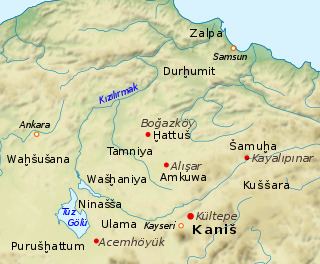
There is a palace building on the citadel. The western part of the palace has been completely destroyed by later settlement and modern activity. The 1.5-2 metre thick walls are still p to 3.8 metres high in places. The palace must have contained around 50 rooms (the exact number is uncertain due to the subsequent destruction). The northern, eastern and western sides were surrounded by a portico, made of marble bases and wooden pillars. The The ground floor of the building was used for storage purposes. Clay bullae were found in all the rooms. It is assumed that the rooms of the officials were on the upper floor, as at Kültepe.
Finds
The clay bullae in the Sarikaya Palace included sealings of Shamshi-Adad II, Dugedu (a daughter of Yahdun-Lim of Mari) and King Aplahanda of Carchemish.
Inscription
Inscription on a sealing of Shamshi-Adad:
